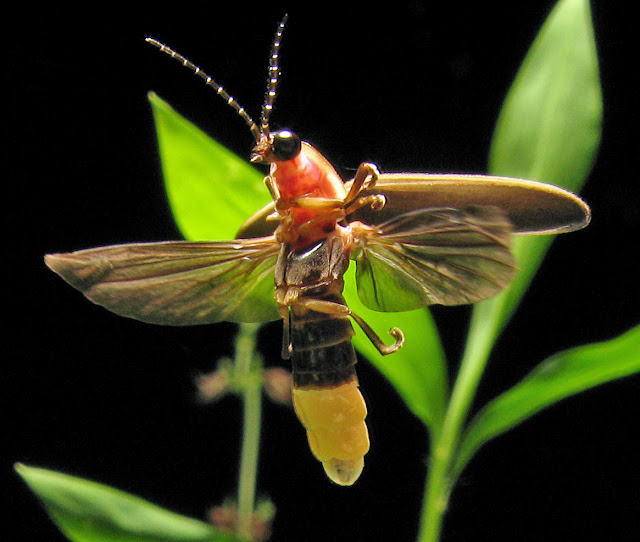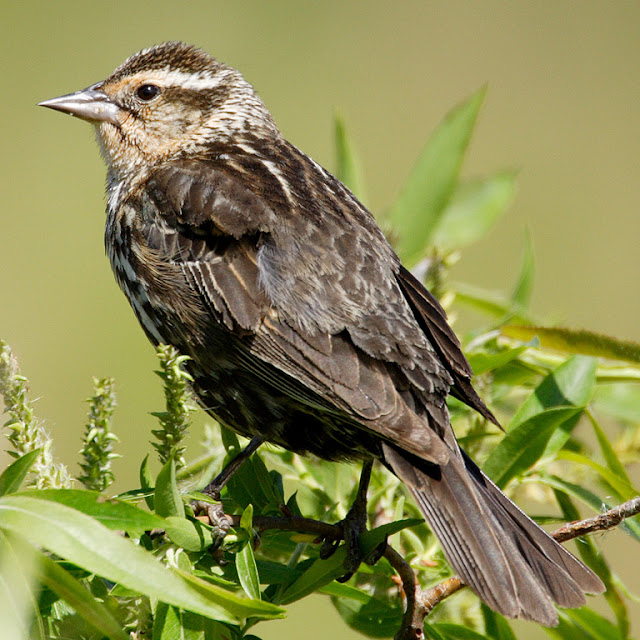Summary: Yellow Sweet Clover (Melilotus officinalis) is an Old World plant that has extended its homelands via worldwide introductions, especially in North America.
 |
| Yellow Sweet Clover: Alvesgaspar, CC BY SA 3.0, via Wikimedia Commons |
Melilotus officinalis is an Old World herbaceous flowering plant native to Eurasia.
Melilotus officinalis claims homelands from central Europe, especially the Mediterranean region, eastward into Tibet.
Through successful introductions, the aromatic biennial (Latin: biennium, “two-year period”; from bis, “twice” + annus, “year”) has extended its range to Africa, the Americas, Australia and northern Europe.
Melilotus officinalis was transported to colonial America in the late 17th century primarily for agriculture and for apiculture (Latin: apis, “bee”). In the United States, the aromatic biennial claims naturalized homelands in all 50 fifty states as well as in the Commonwealth of Puerto Rico.
In Canada, Melilotus officinialis thrives in all ten provinces and in two territories, Northwest Territories and Yukon, but not in Canada’s largest territory, Nunavut, where Melilotus albus (White Sweet Clover) is common.
Melilotus officinalis is known commonly in English as Common Melilot, Ribbed Melilot, Yellow Melilot, Yellow Sweet Clover or Yellow Sweetclover.
Yellow Sweet Clover is classed as a forb (Ancient Greek: φορβή, phorbḗ, "fodder, pasture”), or herbaceous flowering plant other than a graminoid (grasses, rushes, sedges), in the Fabaceae or bean, legume or pea family.
In the first year, Yellow Sweet Clover appears as a multi-branched, single-stemmed plant.
In the second year, Yellow Sweet Clover plants increase their stem number and maximize heights from 3 to over 6.5 feet (0.9 to 2.0 meters) in the second year.
Leaves form as trios of leaflets on alternate sides of stems. Gray green leaves present oblong, serrated silhouettes.
Flowering occurs in second-year plants. Tiny, yellow flowers appear between April and the end the May. Each flower, about a quarter of an inch (7 millimeters) in length, daintily droops on densely clustered spikes, or racemes (Latin: racemus, “bunch, cluster”; Ancient Greek: ῥάξ, rháks, “grape”).
Coumarin, a fragrant chemical compound, is responsible for the musky, sweet fragrance exuded when leaves or stems are crushed or cut.
When Yellow Sweet Clover becomes moldy, bishydroxycoumarin, the active ingredient in coumarin, oxidizes to 4-hydroxycoumarin, a strong anticoagulant that may lead to fatal internal hemorrhaging, or bleeding, in livestock.
In a hotspot of red (Trifolium pretense) and white (Trifolium repens) clovers, three sturdy Yellow Sweet Clover plants cluster along the western fringe of the dirt path winding through the meadow framing my yard’s southern border. As second-year plants, they glitter the landscape with their flowers, which opened over Memorial Day weekend.
Yellow Sweet Clover's golden floral display extends lengthily across summer and into autumn.
 |
| closeup of Melilotus officinalis leaves and stems: Alvesgaspar, CC BY SA 3.0, via Wikimedia Commons |
Acknowledgment
My special thanks to talented artists and photographers/concerned organizations who make their fine images available on the internet.
Image credits:
Image credits:
melilot (Melilotus officinalis): Alvesgaspar, CC BY SA 3.0, via Wikimedia Commons @ http://commons.wikimedia.org/wiki/File:Melilotus_April_2010-1.jpg
closeup of Melilotus officinalis leaves and stems: Alvesgaspar, CC BY SA 3.0, via Wikimedia Commons @ https://commons.wikimedia.org/wiki/File:Melilotus_officinalis_Citroengele_honingklaver_blad.jpg?uselang=fr
For further information:
For further information:
Gucker, Corey L. “Melilotus alba, M. officinalis.” US Forest Service > National Forest Service Library > Fire Effects Information System (FEIS) > Plant Species Life Form > Forb List. 2009.
Available @ http://www.fs.fed.us/database/feis/plants/forb/melspp/all.html
Available @ http://www.fs.fed.us/database/feis/plants/forb/melspp/all.html
"Melilotus alba, Melilotus officinalis." US Forest Service > Fire Effects Information System (FEIS) Database > Plants > Forb.
Available @ http://www.fs.fed.us/database/feis/plants/forb/melspp/all.html
Available @ http://www.fs.fed.us/database/feis/plants/forb/melspp/all.html
“Melilotus officinalis (L.) Lam.” USDA Germplasm Resources Information Network (GRIN) > GRIN Taxonomy for Plants > Taxon.
Available @ http://www.ars-grin.gov/cgi-bin/npgs/html/taxon.pl?24009
Available @ http://www.ars-grin.gov/cgi-bin/npgs/html/taxon.pl?24009
Tenaglia, Dan. “Melilotus officinalis (L.) Pall.” Missouri Plants > Yellow flowers, Leaves alternate.
Available @ http://www.missouriplants.com/Yellowalt/Melilotus_officinalis_page.html
Available @ http://www.missouriplants.com/Yellowalt/Melilotus_officinalis_page.html
Thangavelu, Arasi, MD. “Coumarin Plant Poisoning.” Medscape > Drugs and Diseases. Updated March 31, 2014.
Available @ http://emedicine.medscape.com/article/816897-overview
Available @ http://emedicine.medscape.com/article/816897-overview
“White and yellow sweet clover (Melilotus alba, M. officinalis).” Minnesota Department of Natural Resources > Nature > Invasive species > Terrestrial Invasive Species > Invasive terrestrial plants.
Available @ http://www.dnr.state.mn.us/invasives/terrestrialplants/herbaceous/whitesweetclover.html
Available @ http://www.dnr.state.mn.us/invasives/terrestrialplants/herbaceous/whitesweetclover.html

















